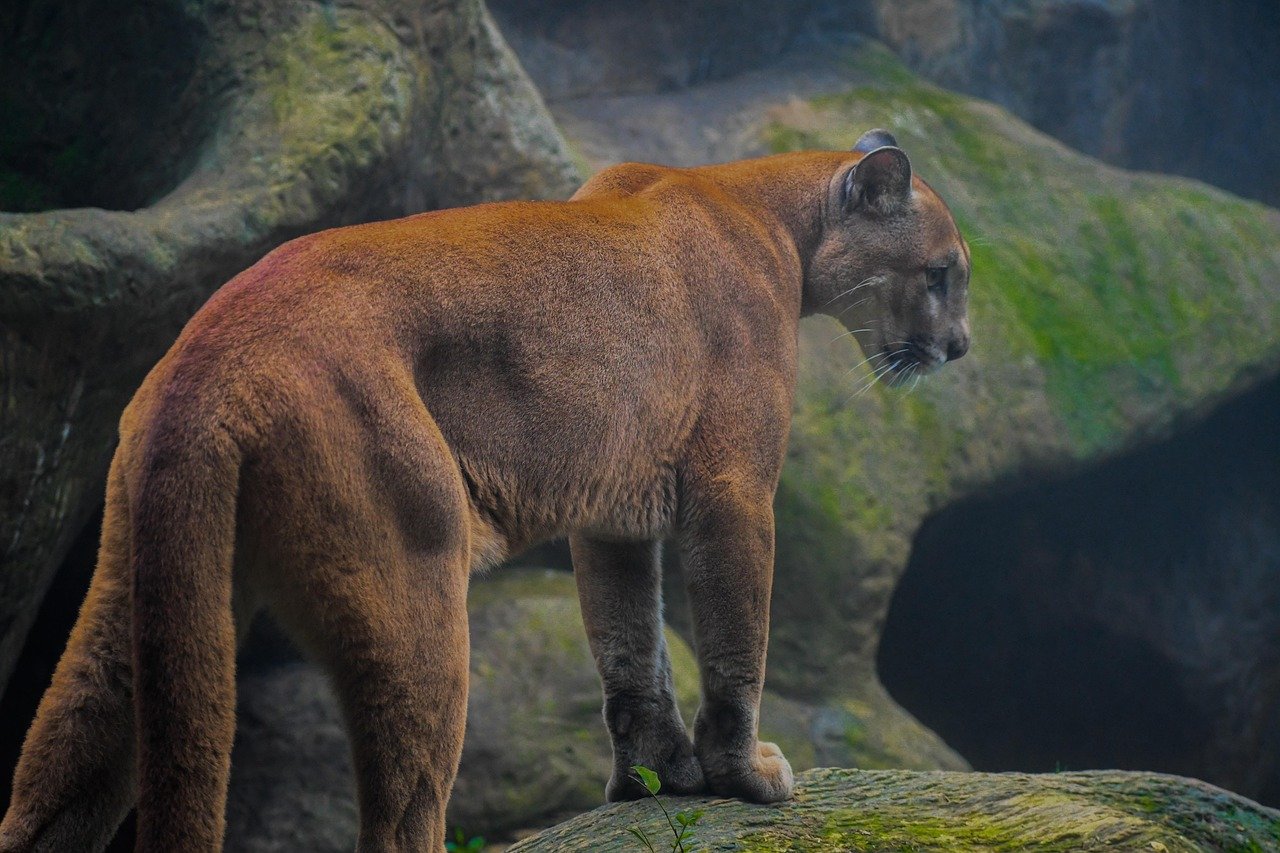Deep in the swamps and pine forests of south Florida, one of North America’s most elusive and endangered cats prowls through the shadows. The Florida panther might be the state’s official animal, but most people have never seen one in the wild – and for good reason. Lets dive into 10 facts about the Florida Panther.
They Can’t Actually Roar Despite Being Called Panthers
If you’re expecting the thunderous roar of a lion or tiger, you’ll be disappointed. Florida panthers lack the ability to roar, and instead make distinct sounds that include whistles, chirps, growls, hisses, and purrs. This puts them in the same category as house cats when it comes to vocalizations, despite their impressive size.
The name “panther” is actually a bit misleading too. The Florida panther is a North American cougar (P. c. couguar) population in South Florida. They’re more closely related to mountain lions than true panthers like leopards or jaguars.
Only About 200 Remain in the Wild
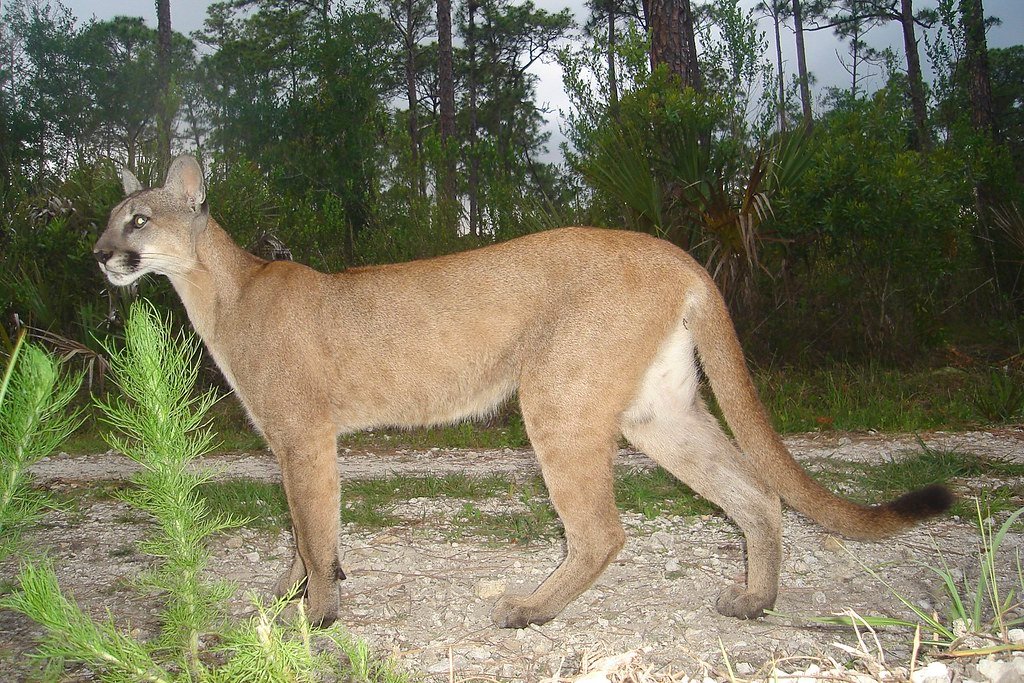
Only About 200 Remain in the Wild (image credits: flickr)
The numbers are sobering. As of 2024, about 200 individuals are left in the wild. To put that in perspective, that’s fewer panthers than there are students in many high school graduating classes. They’re so rare that you’re more likely to win the lottery than spot one in the wild.
It is the only confirmed cougar population in the Eastern United States, and currently occupies 5% of its historic range. This makes every single Florida panther precious for the species’ survival.
They’re Surprisingly Agile Jumpers
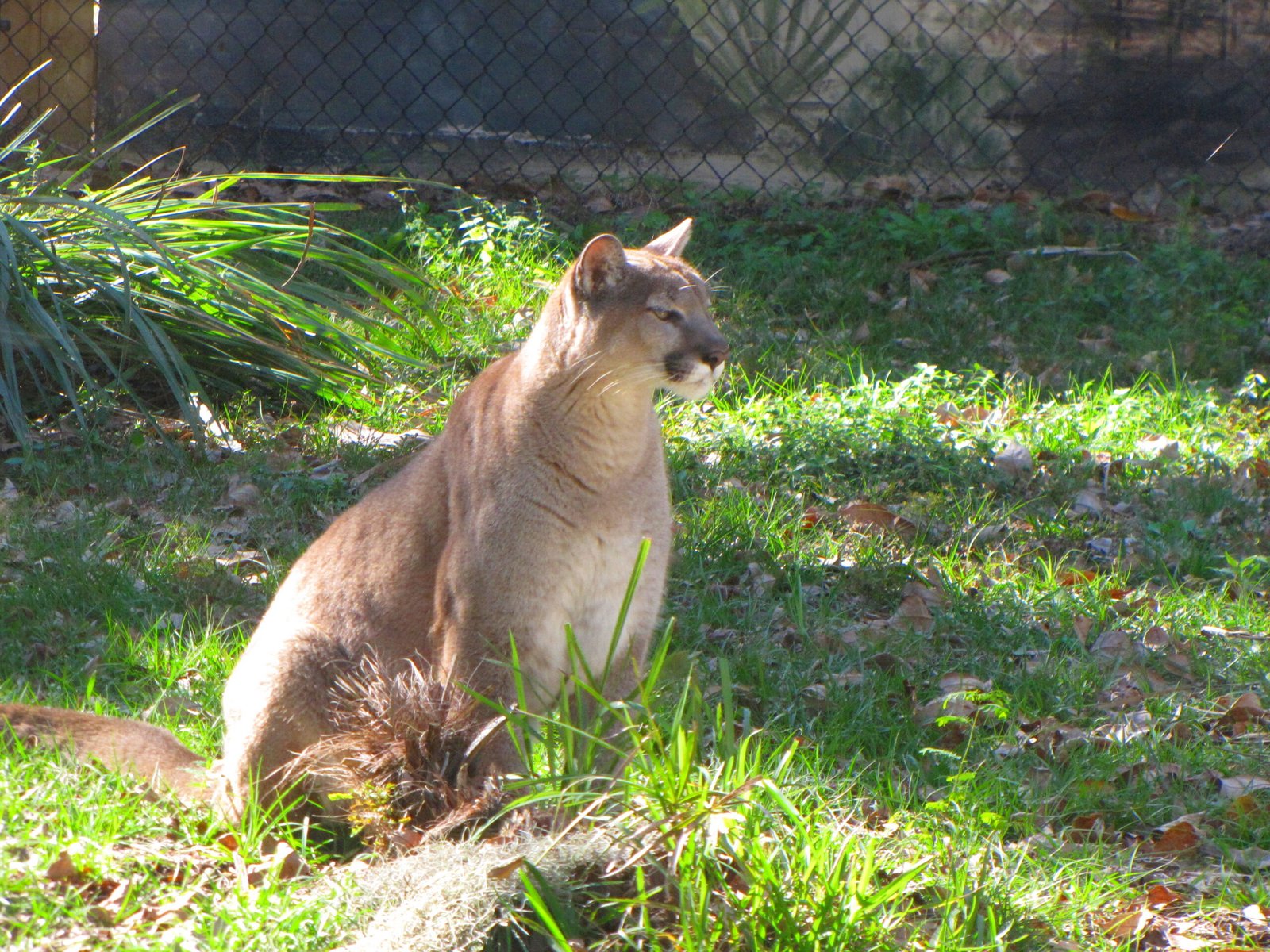
Uploaded by berichard, CC BY 2.0, https://commons.wikimedia.org/w/index.php?curid=8992105)
Don’t let their bulky appearance fool you – these cats are incredible athletes. Adult Florida panthers are six to seven feet (1.8-2.1 meters) long from nose to tail and have the ability to leap up to 15 feet (4.5 meters) vertically and 45 feet (14 meters) horizontally! That’s like jumping across a tennis court in a single bound.
Their athletic abilities make them formidable hunters, but they prefer stealth over speed. They can run up to 35 mph but only for a few hundred yards, their preferred method of hunting is to creep up as close to their prey as possible and launch a short spring attack.
Baby Panthers Are Born with Spots and Blue Eyes
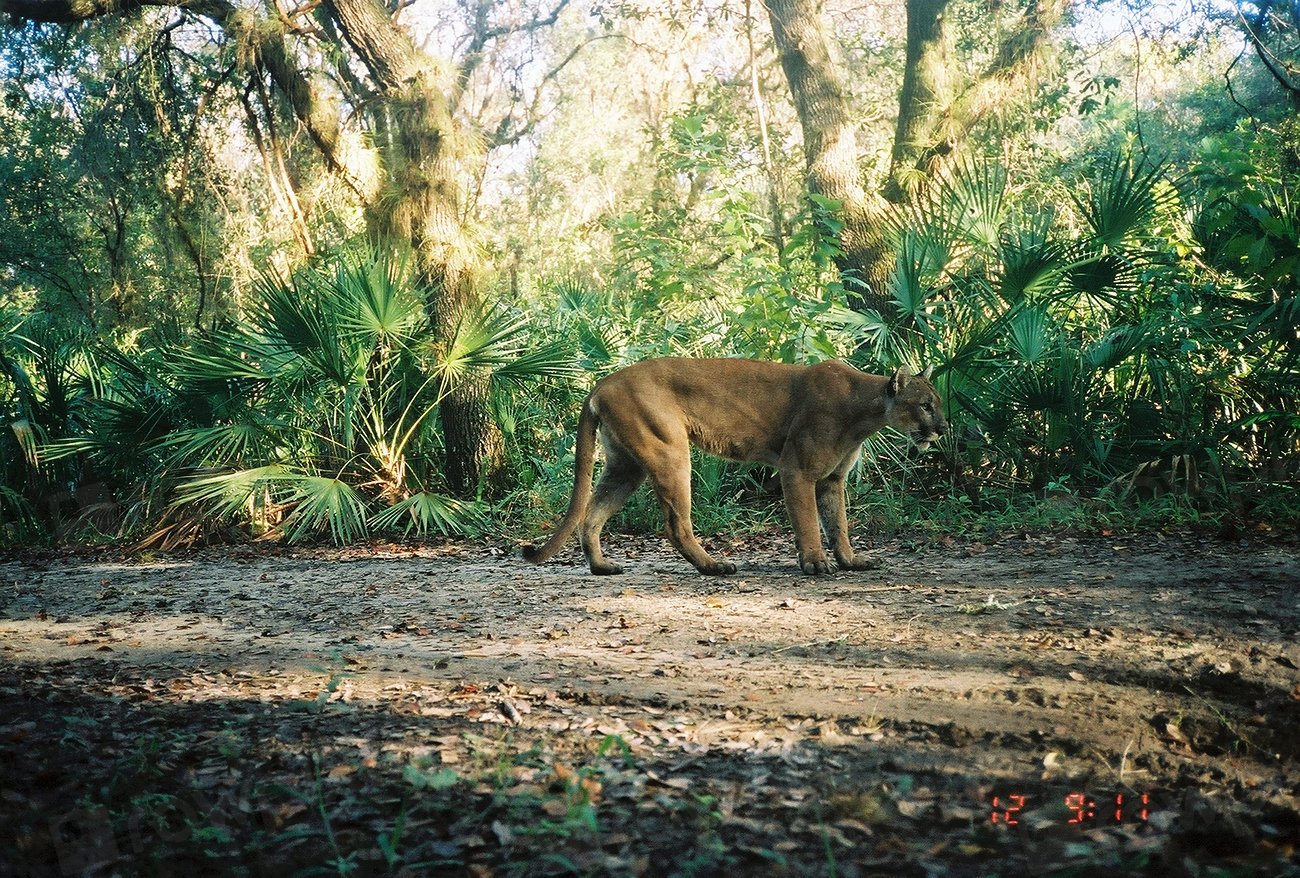
Florida panther kittens look completely different from their parents. Florida panthers are spotted at birth, and typically have blue eyes. As the panther grows, the spots fade and the coat becomes completely tan, while the eyes typically take on a yellow hue. It’s like watching a completely different animal transform before your eyes.
These spots aren’t just cute – they serve a purpose. The spots help camouflage the kittens under forest debris. This natural camouflage is crucial for their survival during their most vulnerable weeks.
A Male Panther Needs 200 Square Miles of Territory
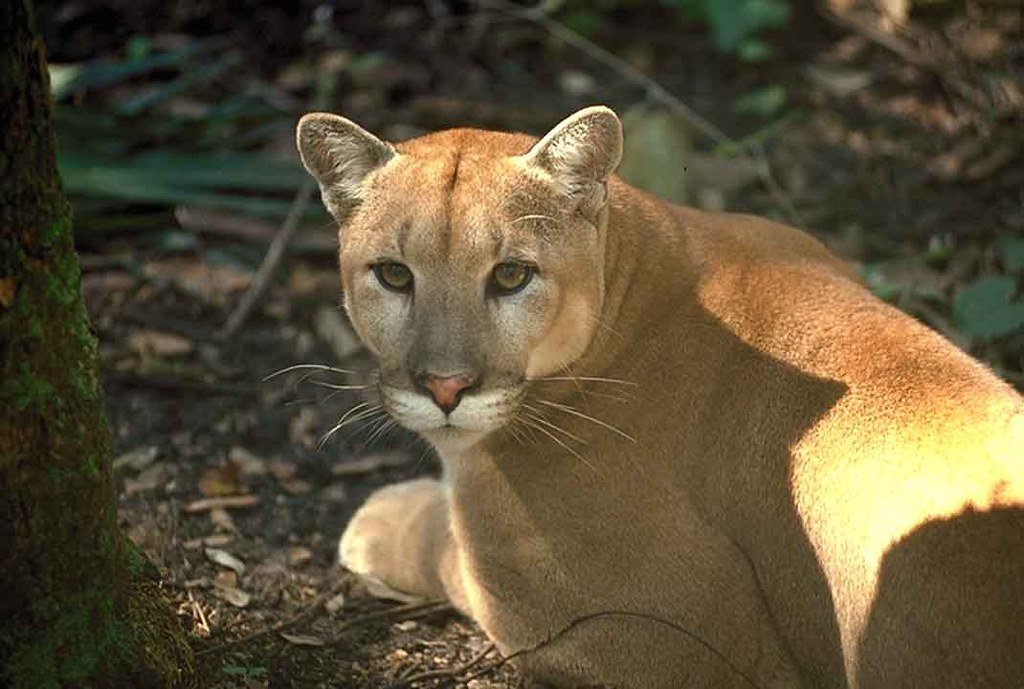
Think your neighbor’s yard is big? A male can make a territory more than 200 to 250 square miles in size. That’s larger than many cities! This massive territory requirement is one of the biggest challenges facing panther conservation.
Panthers are an umbrella species: protecting them and the vast, unspoiled, wild territory each one needs to survive – an average of 200 square miles for a single male – protects many other plants and animals that live there. When you save a panther, you’re essentially protecting an entire ecosystem.
They Were Saved by Texas Cougars
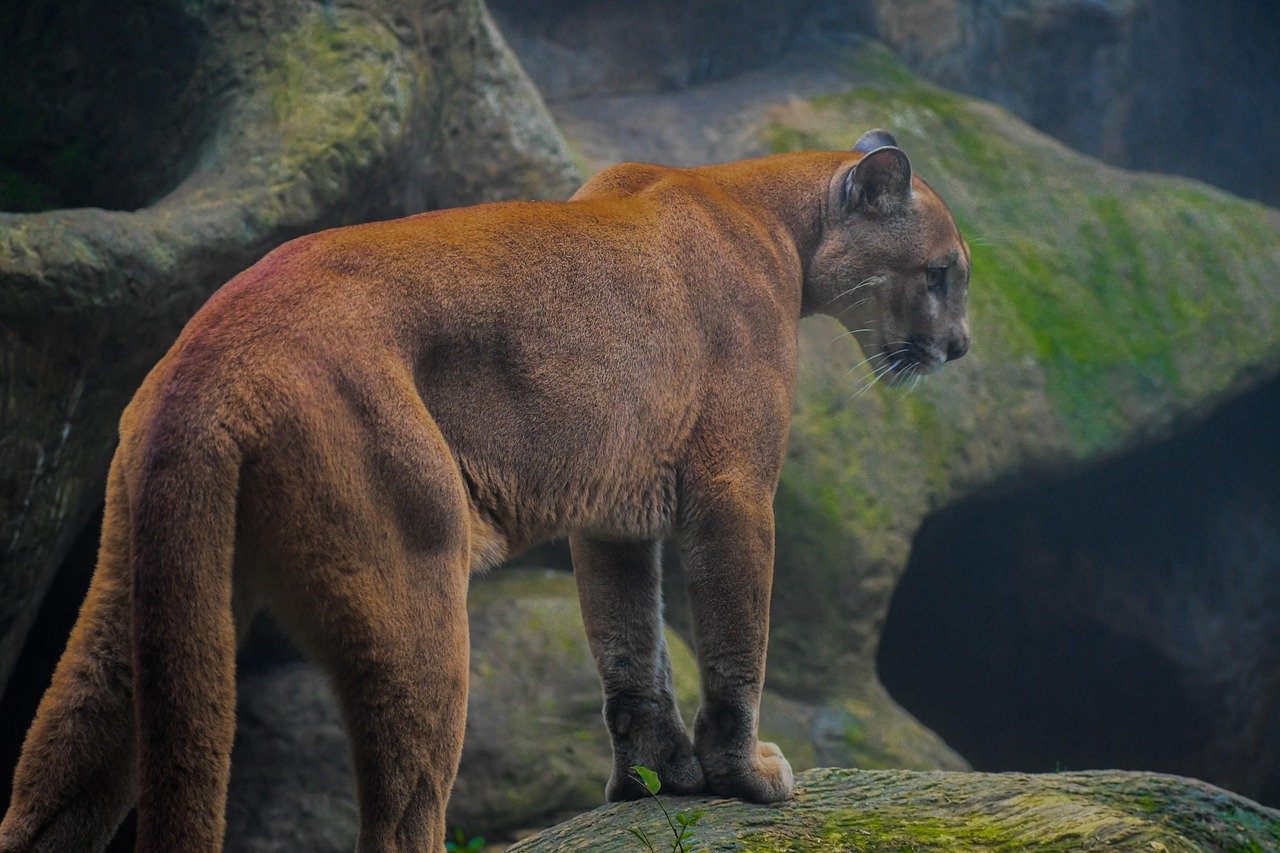
Here’s where the story gets really interesting. No more than 30 Florida panthers were left, and several suffered from genetic defects caused by inbreeding. Desperate, state officials tried something no one ever had before: Bringing in eight female Texas cougars, a close cousin of the panther, to breed with the remaining males. It was a Hail Mary play that nobody was sure would work.
The experiment was a stunning success. A new scientific study, being published Monday, says that genetic rescue of the Florida panther has been a ringing success, and has not produced the monstrous hybrid that some feared. The results indicated that the survival rates of hybrid kittens were three times higher than those of purebred pumas.
Their Genetic Problems Gave Them Distinctive Features
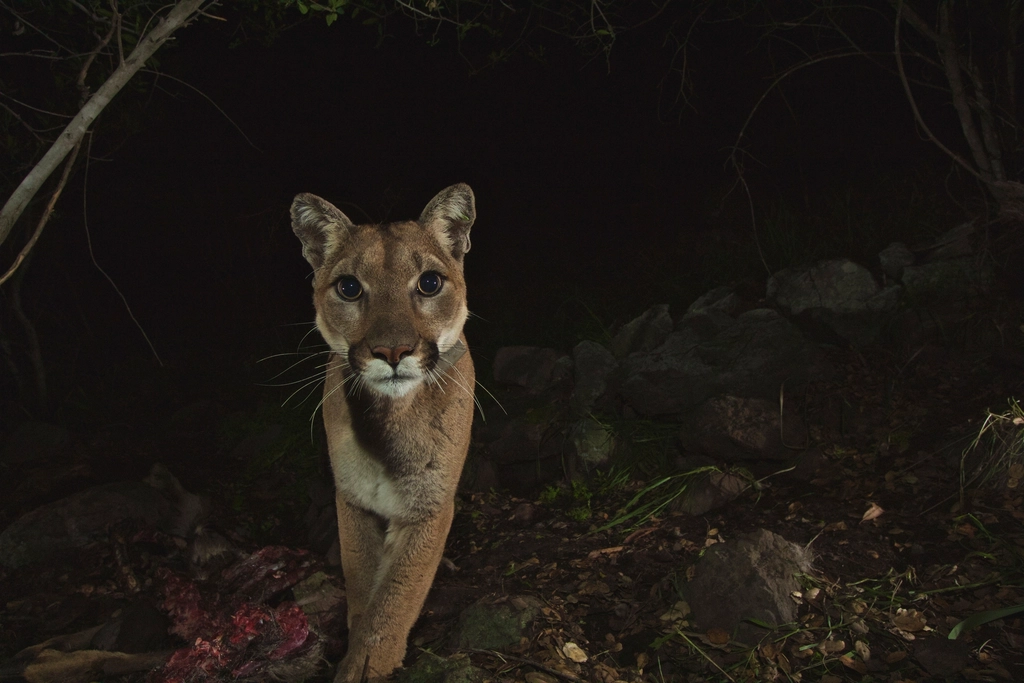
Before the Texas cougar intervention, Florida panthers had some unique physical characteristics that weren’t actually good things. Specifically concerning the Florida panther, one of the morphological consequences of inbreeding was a high frequency of cowlicks and kinked tails. These weren’t natural features – they were red flags about the population’s genetic health.
The health problems were even more serious. In the mid-1990s, about 21 percent of Florida panthers had a heart problem called atrial septal defect, and more than 60 percent of the males had undescended testicles, a serious threat to the survival of the population. In recent years, those numbers have dropped to 7 percent and 3 percent respectively.
They’re Now the Top Predator of White-Tailed Deer
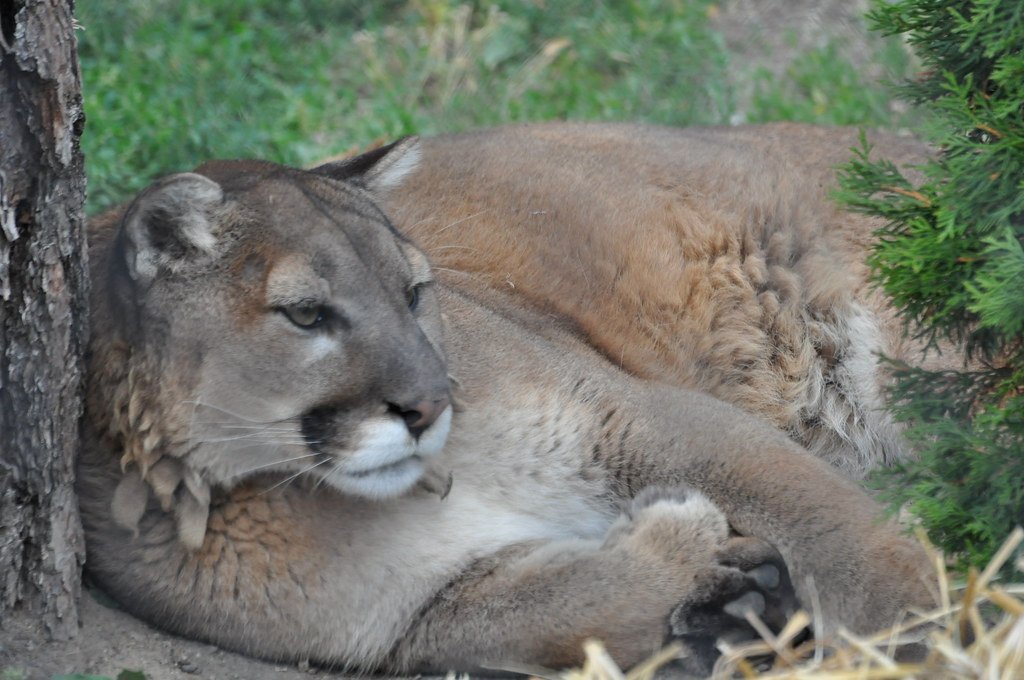
The panther population recovery has been so successful that they’ve reclaimed their role as apex predators. According to a 2022 study from the University of Georgia, Florida panthers are now the main cause of death for white-tailed deer in Southwest Florida. Of 241 deer captured and fitted with GPS collars during the study, 96 were killed by Florida panthers.
This is actually great news for conservationists. This shows improved health (and therefore ability to hunt) in the endangered panther population. A healthy panther population means a balanced ecosystem.
Car Strikes Are Their Biggest Threat
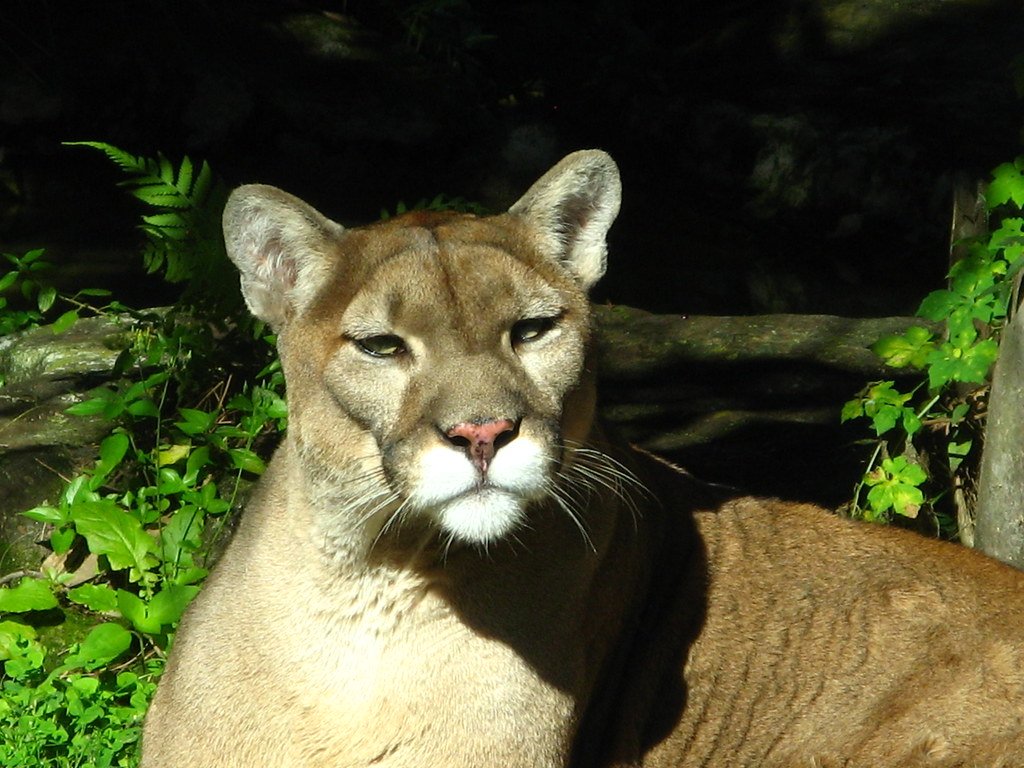
Despite their wild nature, Florida panthers face their greatest danger from something completely modern: automobiles. Thirty-six Florida panther deaths were recorded by the Florida Fish and Wildlife Conservation Commision in 2024. All recorded deaths this year have been due to vehicle collisions, which was the primary cause of death among panthers in 2024.
The problem is getting worse as Florida’s human population explodes. Factors like growing human populations and higher vehicular traffic in the panthers’ limited habitat are part of the reason why so many of the endangered cats are killed, Bennett said. “The reason it’s so dangerous is because we have a growing human population and the infrastructure, the roads, the buildings, the higher traffic and higher speeds … all of that is happening right in the heart of the last remaining occupied habitat for the Florida panther,” Bennett said.
They Have an Unusual Mysterious Disease
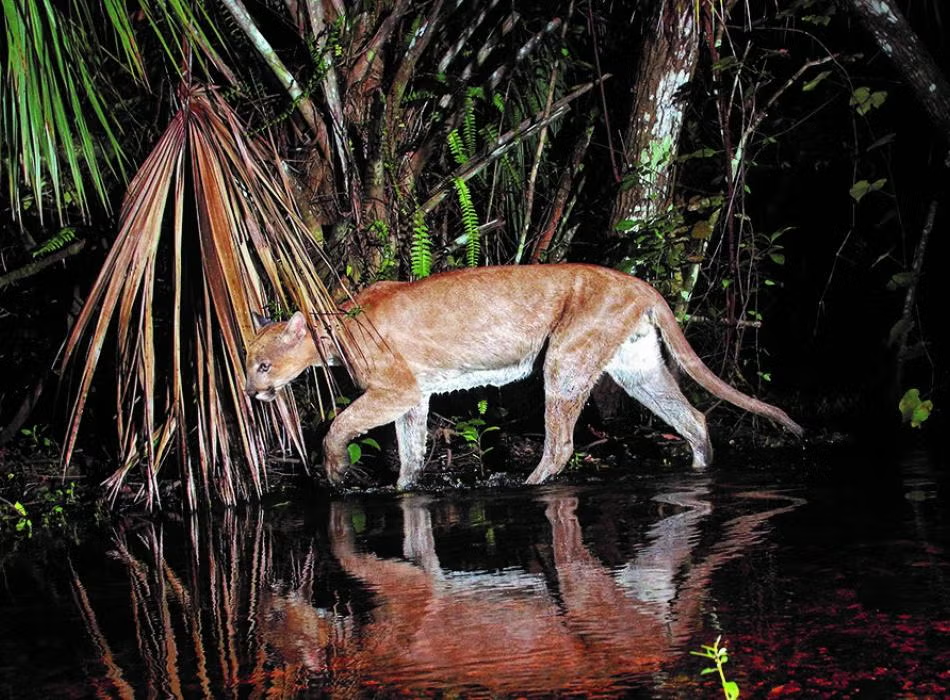
Scientists are currently investigating a strange neurological condition affecting panthers. A fatal neuromuscular disorder first observed affecting panthers and bobcats in 2018 is of particular concern as it is poorly understood and more widespread than previously thought. The disease causes weakness in the rear legs and has been captured on trail cameras.
We encourage the public to continue to submit footage and pictures of wildlife that appear to have problems with their rear legs,” the Florida wildlife commission said in an online post. It’s a reminder that even as panthers recover from near extinction, new challenges continue to emerge.
The Florida panther’s story is one of both triumph and ongoing struggle. From the brink of extinction with just 30 individuals to a population of 200 today, these magnificent cats have shown remarkable resilience. Yet their future remains uncertain, threatened by habitat loss, vehicle strikes, and emerging diseases.
Perhaps most remarkably, the panther recovery program proved that sometimes the most desperate conservation measures can work. The decision to bring in Texas cougars was controversial and unprecedented, but it literally saved the species from extinction. Today’s Florida panthers are living proof that with bold action and scientific innovation, we can pull species back from the edge.
The next time you’re driving through south Florida, remember that you’re sharing the road with one of North America’s most endangered predators. Can you imagine a Florida without its iconic state animal prowling through the Everglades?

Born and bred in South Africa, a Capetonian at heart. Amy-Leigh’s love for nature and animals was inherited from her Dad. He loves taking the family on road trips to experience nature at its finest; Amy-Leigh’s favourite being whale watching in Hermanus and spotting Kudu along the West Coast. Amy-Leigh holds a BA in English Literature and Communication Studies.

